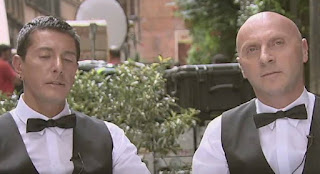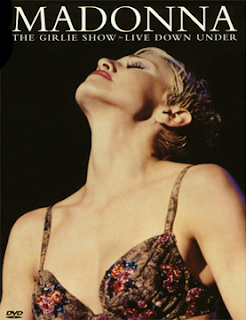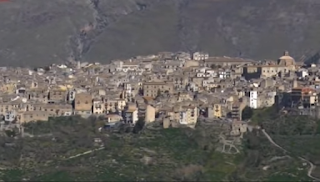Tonino Delli Colli – cinematographer
Craftsman who shot Life is Beautiful and Italy's first colour film
Antonio (Tonino) Delli Colli, the cinematographer who shot the first Italian film in colour, died on this day in 2005 in Rome. The last film he made was Roberto Benigni’s Life is Beautiful, shot on location in Arezzo in Tuscany, for which he won his fourth David di Donatello Award for Best Cinematography. Delli Colli was born in Rome and started work at the city’s Cinecittà studio in 1938, shortly after it opened, when he was just 16. By the mid 1940s he was working as a cinematographer, or director of photography, who is the person in charge of the camera and light crews working on a film. He was responsible for making artistic and technical decisions related to the image and selected the camera, film stock, lenses and filters. Directors often conveyed to him what was wanted from a scene visually and then allowed him complete latitude to achieve that effect. Delli Colli was credited as director of photography for the first time in 1943 on Finalmente Si (Finally Yes), directed by László Kish. In 1952 Delli Colli shot the first Italian film to be made in colour, Totò a colori. He had been reluctant to do it but was given no choice by his bosses. Read more…
__________________________________________________________
Umberto Baldini – art restorer
Saved hundreds of artworks damaged by Arno floods
Umberto Baldini, the art historian who helped save hundreds of paintings, sculptures and manuscripts feared to have been damaged beyond repair in the catastrophic flooding in Florence in 1966, died on this day in 2006. Baldini was working as director of the Gabinetto di Restauro, an office of the municipal authority in Florence charged with supervising restoration projects, when the River Arno broke its banks in the early hours of November 4, 1966. With the ground already saturated, the combination of two days of torrential rain and storm force winds was too much and dams built to create reservoirs in the upper reaches of the Arno valley were threatened with collapse. Consequently thousands of cubic metres of water had to be released, gathered pace as it raced downstream and eventually swept into the city at speeds of up to 40mph. More than 100 people were killed and up to 20,000 in the valley left homeless. At its peak the depth of water in the Santa Croce area of Florence rose to 6.7 metres (22 feet). Baldini was director of the conservation studios at the Uffizi, the principal art museum in Florence. Read more...
__________________________________________________________
Vincenzo Coronelli – globe maker
Friar whose globes of the world were in big demand
Vincenzo Coronelli, a Franciscan friar who was also a celebrated cartographer and globe maker, was born on this day in 1650 in Venice. He became famous for making finely-crafted globes of the world for the Duke of Parma and Louis XIV of France. This started a demand for globes from other aristocratic clients to adorn their libraries and some of Coronelli’s creations are still in existence today in private collections. Coronelli was the fifth child of a Venetian tailor and was accepted as a novice by the Franciscans when he was 15. He was later sent to a college in Rome where he studied theology and astronomy. He began working as a geographer and was commissioned to produce a set of globes for Ranuccio II Farnese, Duke of Parma. Each finely crafted globe was five feet in diameter. After one of Louis XIV’s advisers saw the globes, Coronelli was invited to Paris to make a pair of globes for the French King. The large globes displayed the latest information obtained by French explorers in North America. They are now in the François-Mitterand national library in Paris. Read more…


























